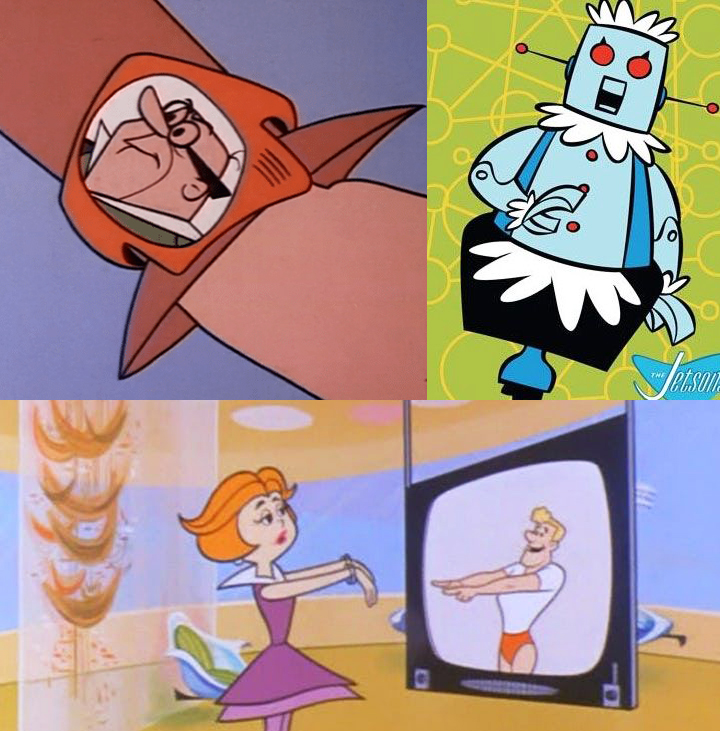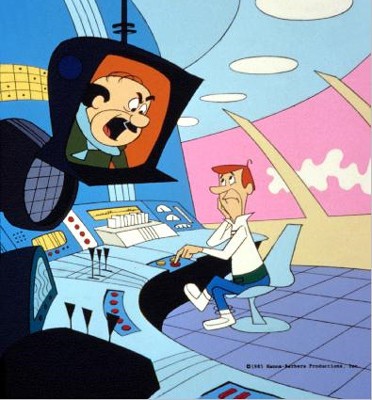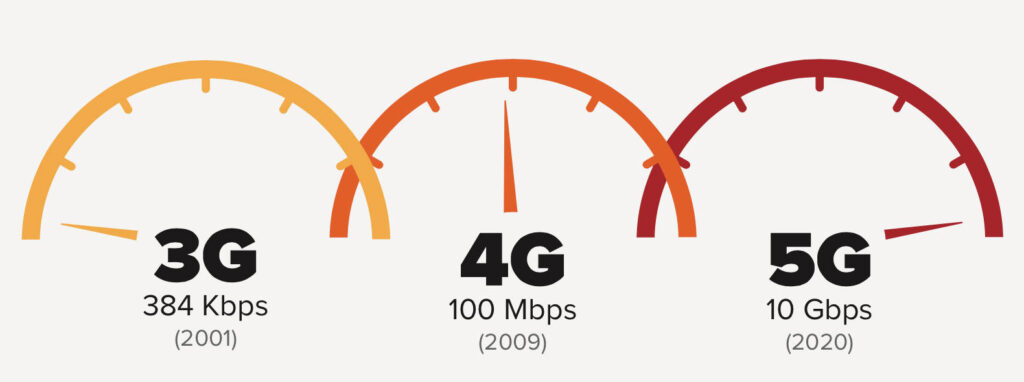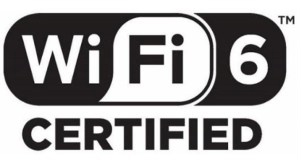“It is the possibilities that inspire us.”
At DBI, these are words to live by. And, as it happens – with the passing of the year, and the turning of the decade – they are appropriate words. The possibilities for the 2020s are seemingly endless. As we enter this new decade, it’s a good time to take a moment to look at trends – those that DBI sees emerging, and current trends we see persisting.
Technology, a generational shift in the workforce, and the economy will each exert influence on how work is done, where it is carried out, and what that place looks like. The sometimes conflicting needs of focus and of collaboration will bear on office layout, as will amenities, such as fitness centers and fun zones, as the job market fluctuates.
There are already significant groundswells of activity on the horizon. And there are threads and through-lines that we see embedded in those groundswells – connecting them, giving them substance, and extending the fabric of what has come before into what will be. These threads and through-lines include maximizing productivity, controlling accommodation costs, and ensuring employee satisfaction. These are considerations that will continue to shape design for the foreseeable future. The best outcomes in commercial architectural and interior design will be accomplished by weaving those threads together, to produce dynamic spaces that combine beauty and functionality. The deliverables will transcend the moniker of “workplace,” and become an extension of the users’ thought processes and functions.
Meet George Jetson
The Office of the Future has been a topic of discussion in popular culture for a long time. And, if you’ve ever seen a Jetsons retro revival on one of the cartoon channels, then – like millions of others – you probably have one burning question: Why there are still are no flying cars?

You’re not alone. This is a question for the ages.
On the other hand, George and Jane Jetson (and Judy and Elroy) had a lot of neat gadgets that did a pretty good job of predicting the 2010s. Smartwatches, housekeeping robots, and flatscreen tv all were part of the imagined World of the Future, fifty years before we ever actually got our hands on those things. The first Jetsons hit broadcast network television in 1963 and was predicting life in 2062 (which might explain the current dearth of flying cars.) So, we’re actually a bit ahead of schedule, tech-wise. And a lot more Jetson-esque innovations are right around the corner. We’ve already seen the shapes of things to come, with nascent innovations like 3-D printed foods, jet packs, and robot pets.

When George goes to work, his Office of the Future, imagined nearly 60 years ago, is fairly indistinguishable from our own — technology-wise, at least. He communicates mostly via videochat, all of his work is done at a computer console, and he must be ever vigilant that a robot does not take his job. In many ways, the Office of the Future, as predicted by The Jetsons, looks similar to our Office of Today.
So, what does our Office of the Future look like TODAY? What do we see, in the years ahead? The trends are pointed at ramped-up connectivity, integration, and engagement.

Qi charging, 5G, and WiFi 6 – In your Office of the Future, you can expect your phone, your tablet, and your laptop to charge wirelessly wherever you put them down. Or maybe you won’t even need to put them down. Maybe they’ll charge right in your pocket or courier bag. Qi charging (pronounced chee) is the wireless induction charging that most cell phones and tablets now support. Over the coming decade, qi charging (or something like it) will be everywhere – in the coffee shop, at the library and the grocery store, in your car. Qi charging will be incorporated into your workspace, too. And it won’t just be a spot on the desk, or the plug-in disc you set your phone down on now. Research and development today will lead to a future where proximity is not an issue, where just being in the room will be close enough.
Expect blazing fast connectivity, too, as 5G networks proliferate. 5G, which began wide deployment in 2019, is the fifth generation wireless technology for digital cellular networks. All major telecommunication service providers are deploying antennas or intend to begin soon. The slower range for 5G speeds approaches 1–2 gigabits per second for download, and can support up to a million devices per square kilometer. Current 4G networks top out at below 24 megabits and can support only about 100,000 devices per square kilometer. These increases in speed and load are considerable. When 5G reaches its upper limit, over time, speeds will be one hundred times faster than 4G.

And it won’t just be your computer (or your phone, or tablet) blazing through the internet. It’ll be your computer talking to other computers, to further speed connectivity, by spread workloads on complex problems, and alleviating bottlenecks through prioritization and shared bandwidth. It will also be the HVAC system discussing its functional health with service networks, and smart window films coordinating the temperature with the HVAC system, adjusting to maximize comfort and savings. Your productivity will maximize, too, as connectivity streamlines workflow. In the Internet of Things, technology will form itself to meet you, in ergonomics and tasks.

Today, nearly 60% of the world population is connected to the internet. That’s more than 4.25 billion people – many of whom are connected through multiple instruments. As the numbers of users and connected devices rise even higher, and as we depend more and more on our devices to get work done, internet traffic will increase as well. Facilitating faster networks will be key, reducing congestion, and speeding the flow of data. To accommodate this, newer and more efficient iterations of Wi-Fi are being developed to connect all of your devices more seamlessly with existing internet hubs, channeling and managing the traffic so the 5G networks will not be overwhelmed.

Wi-Fi 6 (IEEE 802.11ax) is one of the new Wi-Fi standards that began to be deployed in late 2019. This and other new modes of Wi-Fi connectivity can be thought of as “high efficiency wireless.” Throughput speed for Wi-Fi 6 is significantly faster than older protocols – up to 11 Gigabits per second, or four times faster than the current standard, IEEE 802.11ac. Wi-Fi 6 also uses improved power-control methods to avoid interference with neighboring networks, and more efficient power management protocols.
The next time your workplace upgrades its routers, you could be connecting to the network, to your cloud, and ultimately to the world using Wi-Fi 6. Will you notice an immediate change? That all depends on how congested your current network is, and what sort of connectivity to the internet you presently have. What is certain is that continuing with outmoded wireless technology will slow you down.
Don’t expect Wi-Fi 6 to be the final iteration of wireless connectivity, either. Like operating systems for computers and handheld devices, the technology to connect those devices is continually evolving. There is more to come on the technology front – things perhaps not yet even anticipated. One thing has become a certainty since George Jetson first flew to work at Spacely Sprockets: expect the unexpected. Steve Jobs always had “one more thing” to announce at the end of each of his keynote talks at Apple’s annual meetings. That “one more thing” usually turned out to be something transformative – the iPod, the iPhone, and iTunes among them. Whatever “one more things” get added, by whomever turns out to be the next Steve Jobs, or Bill Gates, or Elon Musk, it is certain to be every bit as transformative – and as unexpected.

